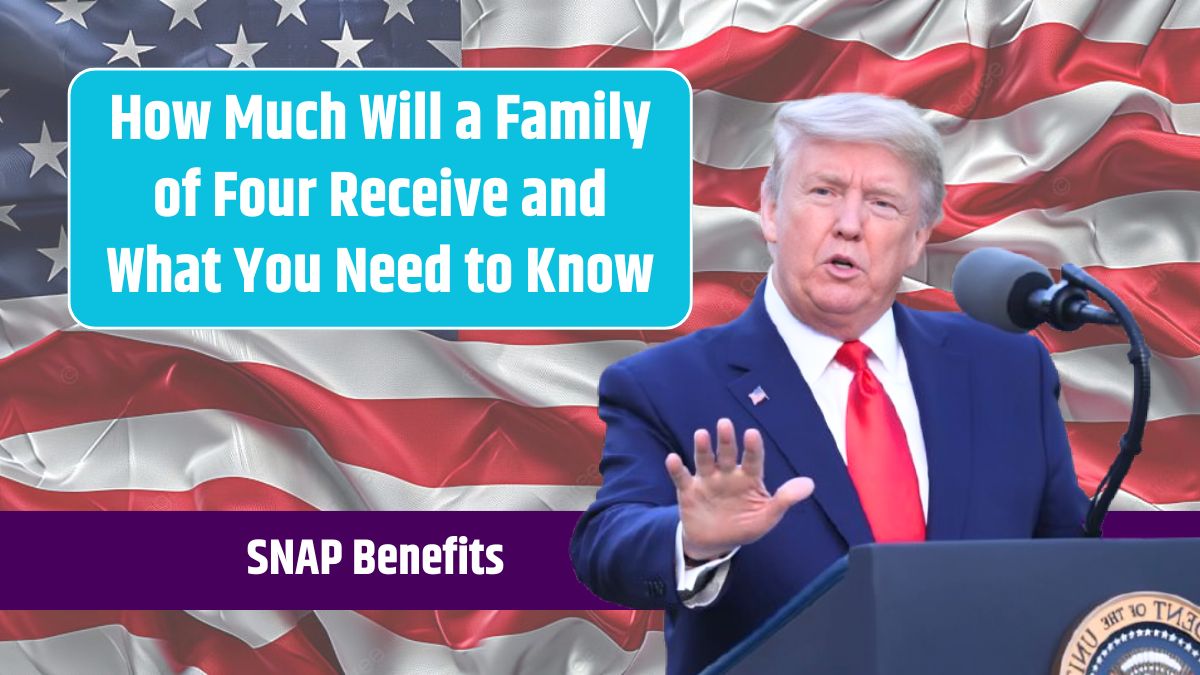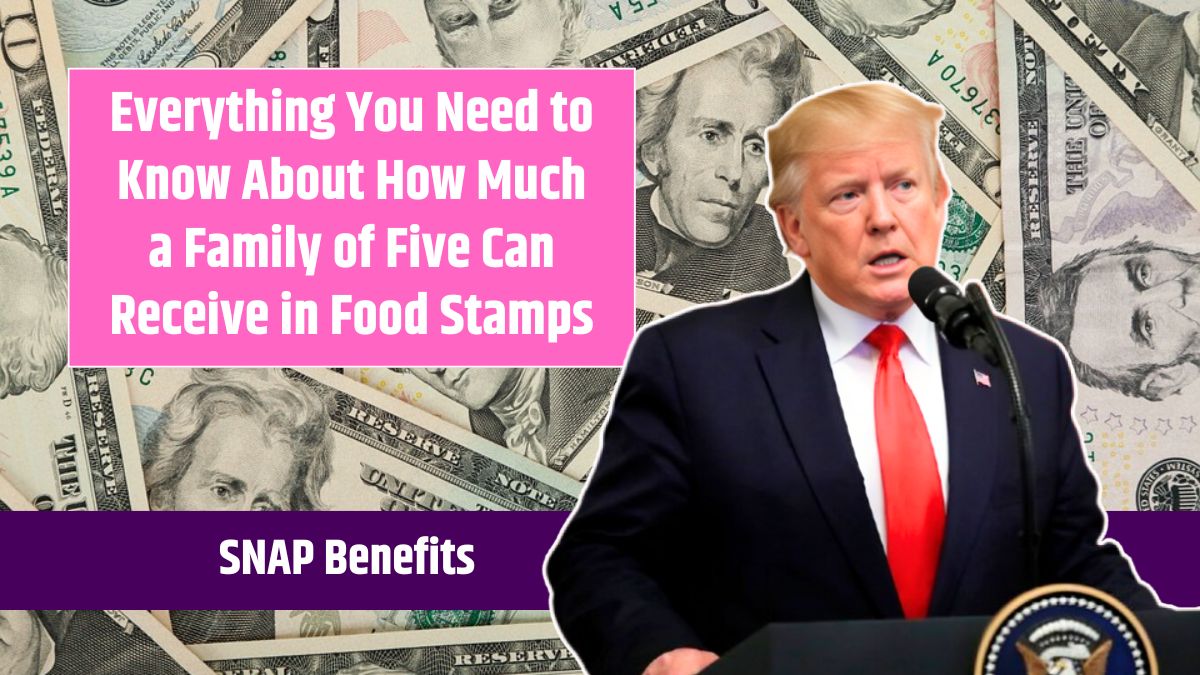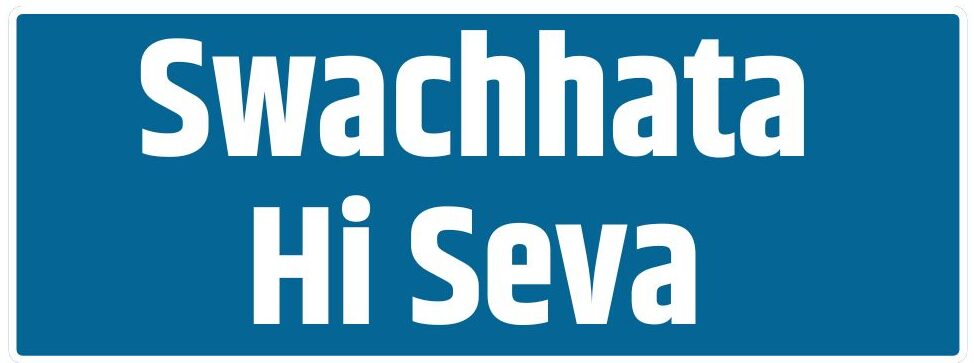For millions of low-income American families, financial struggles make it challenging to afford basic necessities, including food. This is where the Supplemental Nutrition Assistance Program (SNAP) steps in, helping individuals and families put meals on the table.
However, SNAP benefits are not available to everyone—only those who meet specific eligibility criteria can receive assistance. These criteria are updated annually based on the cost of living, ensuring that support reaches those who need it most.
Let’s look into what you need to know if you’re a SNAP beneficiary or thinking about applying.
Eligibility
SNAP eligibility is determined by federal and state guidelines, which assess household income, size, and certain deductions. Since the program’s funding is limited, only those who genuinely require assistance can qualify.
The cost of living adjustment (COLA) plays a major role in determining income thresholds, as it accounts for inflation and annual increases in Social Security payments.
If you’re unsure whether you qualify, you can check with your state’s SNAP office or use the USDA’s online screening tool to determine your eligibility.
Maximum Benefits
The amount of SNAP benefits a household receives varies based on location, income, and household size.
While benefits are standardized across most states, Alaska, Hawaii, and U.S. territories have different rates due to higher food costs.
In 2025, the maximum SNAP benefits for different household sizes are as follows:
| Household Size | Maximum Monthly Benefit |
|---|---|
| 1 | $292 |
| 2 | $536 |
| 3 | $768 |
| 4 | $975 |
| 5 | $1,158 |
| 6 | $1,390 |
| 7 | $1,536 |
| 8 | $1,756 |
| Each Additional Person | +$220 |
Only about 36% of households receive the maximum benefit. The final amount you receive depends on various factors, including deductions for housing, utilities, medical expenses, and child care.
How to Apply
If you believe you qualify for SNAP, applying is straightforward. You can submit an application through your state’s SNAP office, either online, in person, or by mail. Be prepared to provide documentation, such as:
- Proof of income (pay stubs, tax returns)
- Identification (driver’s license, state ID)
- Proof of residency
- Utility bills (if applying for deductions)
- Medical expense receipts (for elderly or disabled applicants)
After submitting your application, an interview (via phone or in person) will be scheduled to verify your eligibility.
Deposited
SNAP benefits are distributed monthly through an Electronic Benefit Transfer (EBT) card, which works like a debit card at approved grocery stores and farmers’ markets. Each state has its own deposit schedule, so your benefits may arrive on a different day depending on where you live.
If you’re already a recipient, you can check your state’s SNAP website or your EBT account for your payment schedule.
Navigating SNAP benefits can be overwhelming, but understanding how the program works can help you make the most of your assistance.
Whether you’re applying for the first time or are a long-time recipient, staying informed about updates, eligibility requirements, and benefit amounts ensures you receive the support you need.
FAQs
Who qualifies for SNAP benefits?
Eligibility depends on income, household size, and expenses.
How much does a family of four get in 2025?
A family of four can receive up to $975 per month.
Do all states have the same SNAP benefit amounts?
No, Alaska, Hawaii, and U.S. territories have different rates.
How do I apply for SNAP benefits?
You can apply online, by mail, or in person at your state’s SNAP office.
When are SNAP benefits deposited each month?
Deposit dates vary by state; check your state’s SNAP website.




















